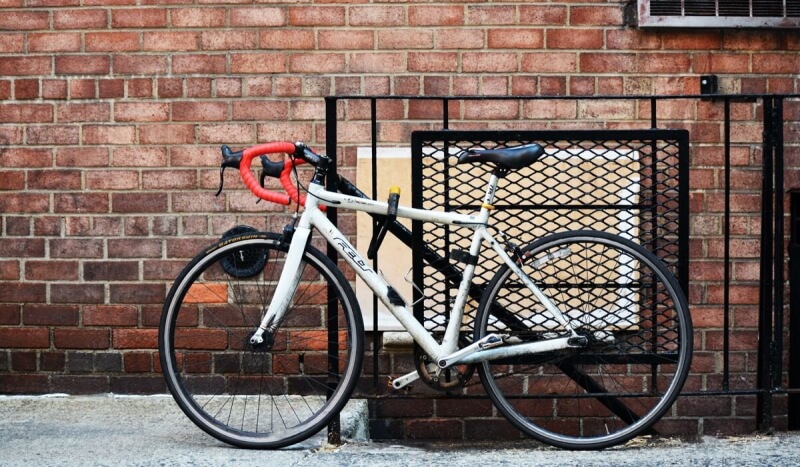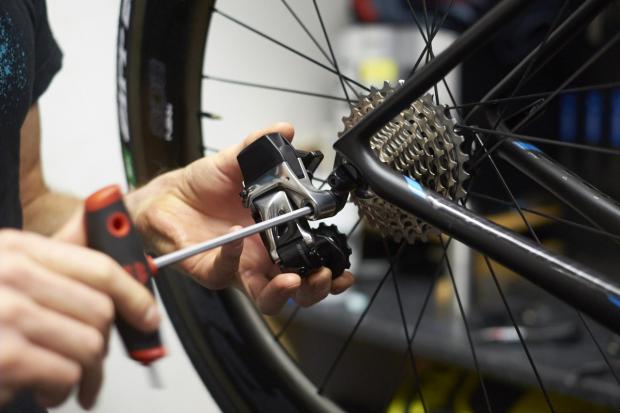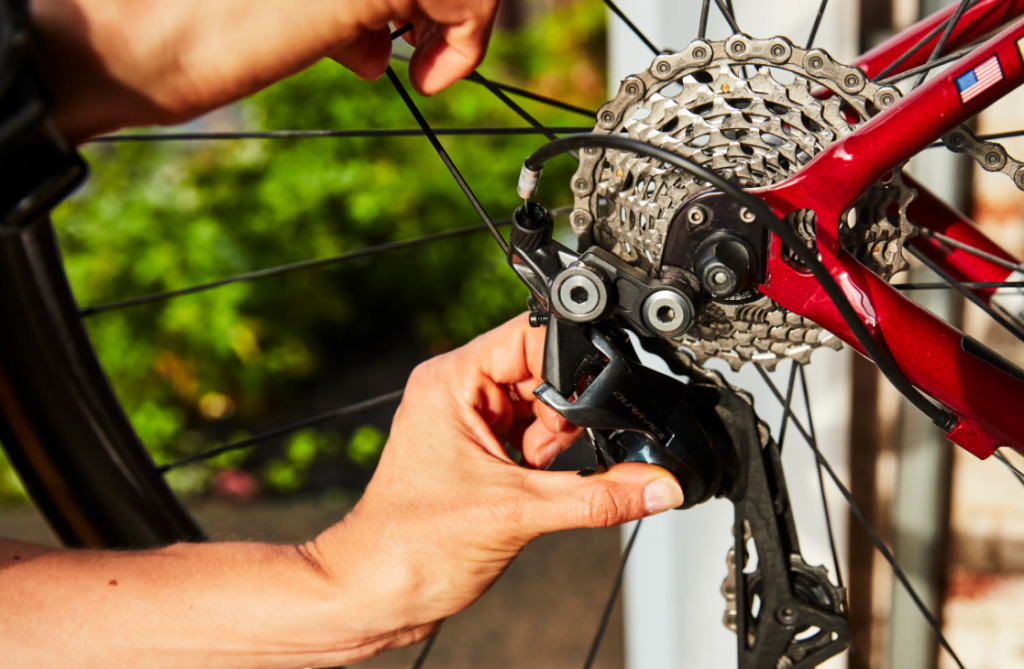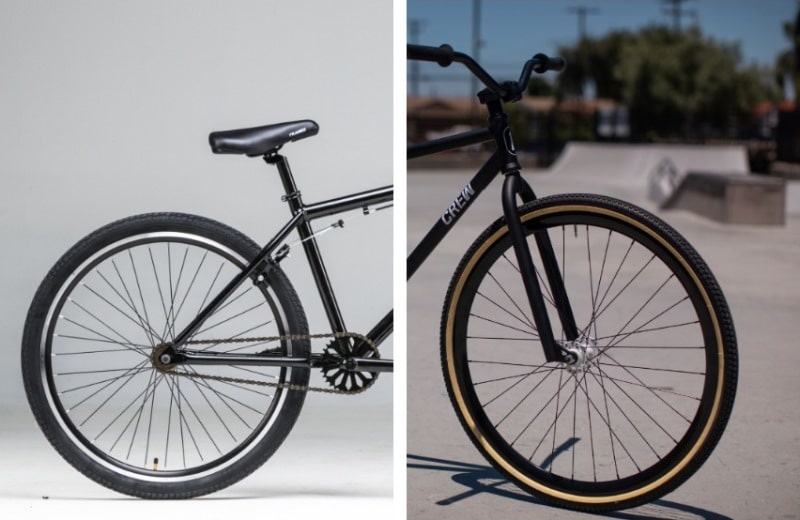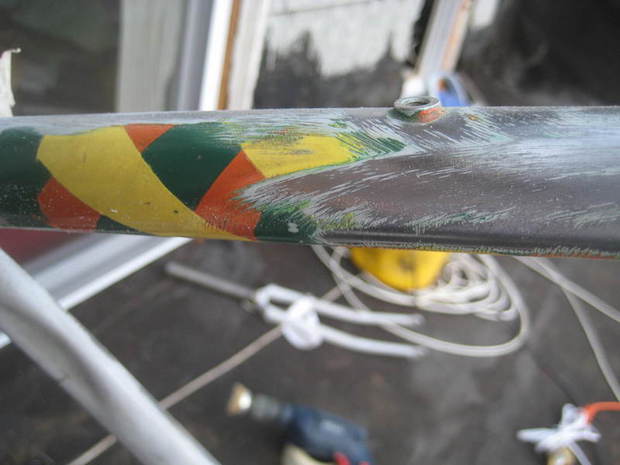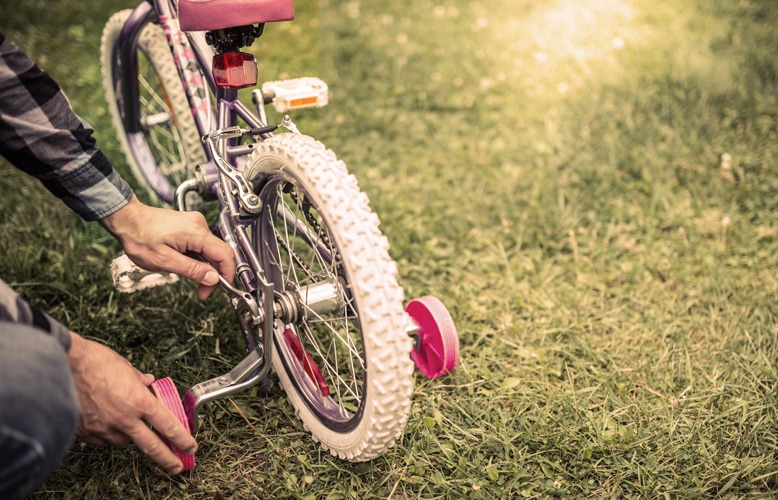- Trails
-
Bikes
-
Gear
-
Tips & Tricks
-
About us



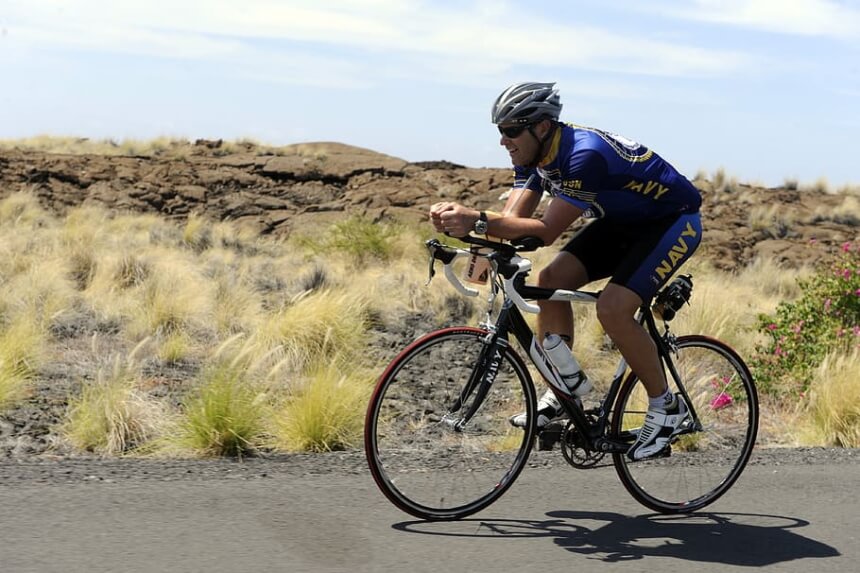 If you’re a beginner, you’re likely not going to post as good a 10-mile bike ride time as an experienced or pro rider for fitness reasons. When people start riding, they’re often slow, clumsy, and may not even have the right bike for the job. It’s not uncommon for a newbie to post a 12-mph average speed for 10 miles.
If you’re a beginner, you’re likely not going to post as good a 10-mile bike ride time as an experienced or pro rider for fitness reasons. When people start riding, they’re often slow, clumsy, and may not even have the right bike for the job. It’s not uncommon for a newbie to post a 12-mph average speed for 10 miles.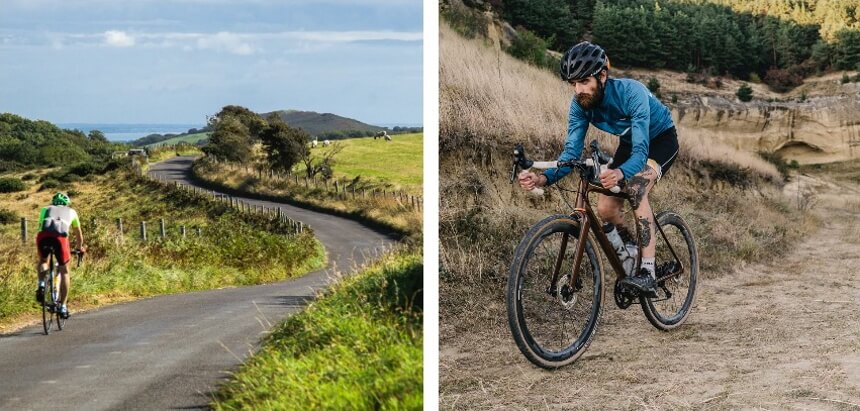 As mentioned above, even exceptional cyclists may not be able to post their best times if you put them on an unfavorable route. Routes come in different variations. They can be flat, straight, curvy, hilly, etc.
As mentioned above, even exceptional cyclists may not be able to post their best times if you put them on an unfavorable route. Routes come in different variations. They can be flat, straight, curvy, hilly, etc.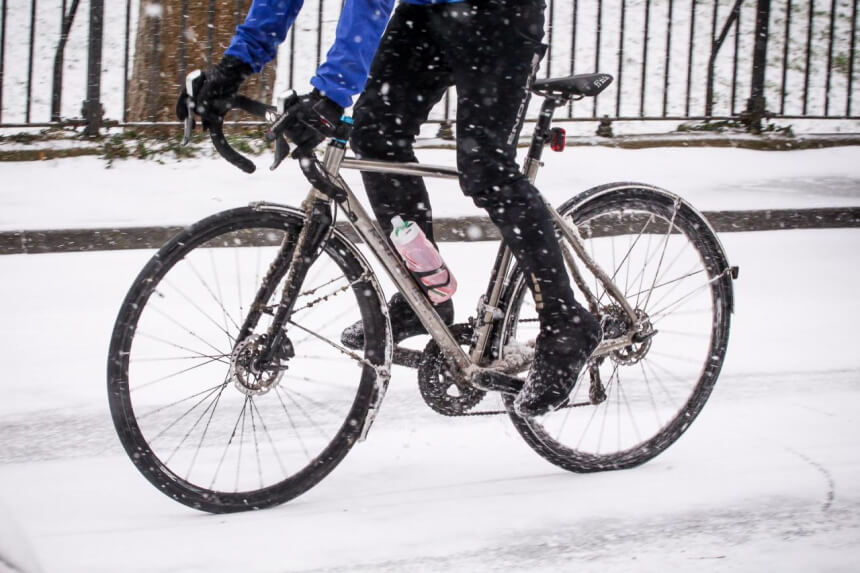 Once you start cycling, you’ll also quickly realize that a good time for a 10-mile bike ride will differ depending on the weather. You’re likely to post your fastest times when there are clear sunny skies and no wind. However, depending on how hot it gets, you might have to take a break.
Once you start cycling, you’ll also quickly realize that a good time for a 10-mile bike ride will differ depending on the weather. You’re likely to post your fastest times when there are clear sunny skies and no wind. However, depending on how hot it gets, you might have to take a break.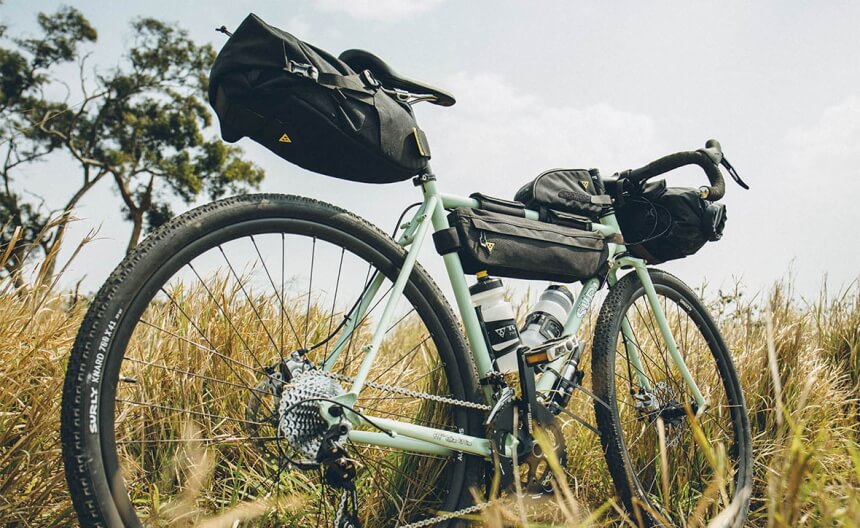 Another double-edged sword is the gear you carry. You may be carrying a backpack worth of supplies such as water, your wallet, phone, bike spare parts, tire tubes, a puncture repair kit, a pump, etc.
Another double-edged sword is the gear you carry. You may be carrying a backpack worth of supplies such as water, your wallet, phone, bike spare parts, tire tubes, a puncture repair kit, a pump, etc.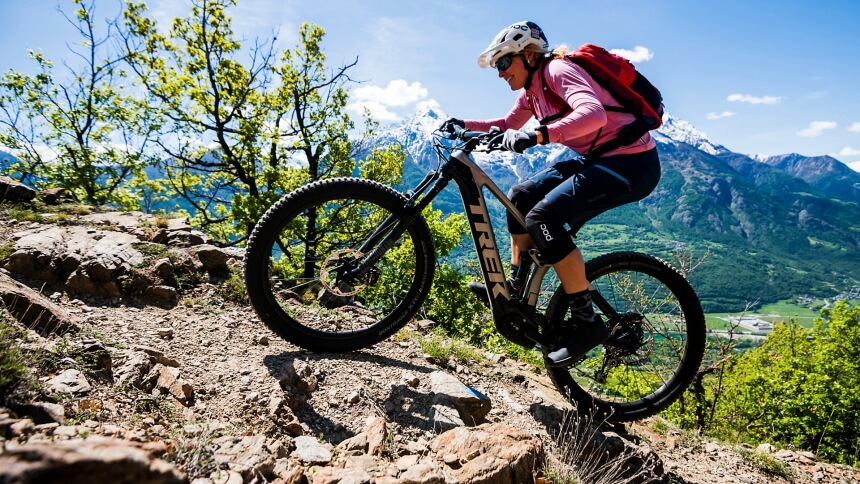 If your route consists of several different types of terrains, a mountain bike is easily one of the best bike types to cycle 10 miles. They offer a relaxed riding position, and thanks to the available suspension, they can be pretty comfortable to ride whether you’re on gravel, in the mountains, or even on paved pathways.
If your route consists of several different types of terrains, a mountain bike is easily one of the best bike types to cycle 10 miles. They offer a relaxed riding position, and thanks to the available suspension, they can be pretty comfortable to ride whether you’re on gravel, in the mountains, or even on paved pathways.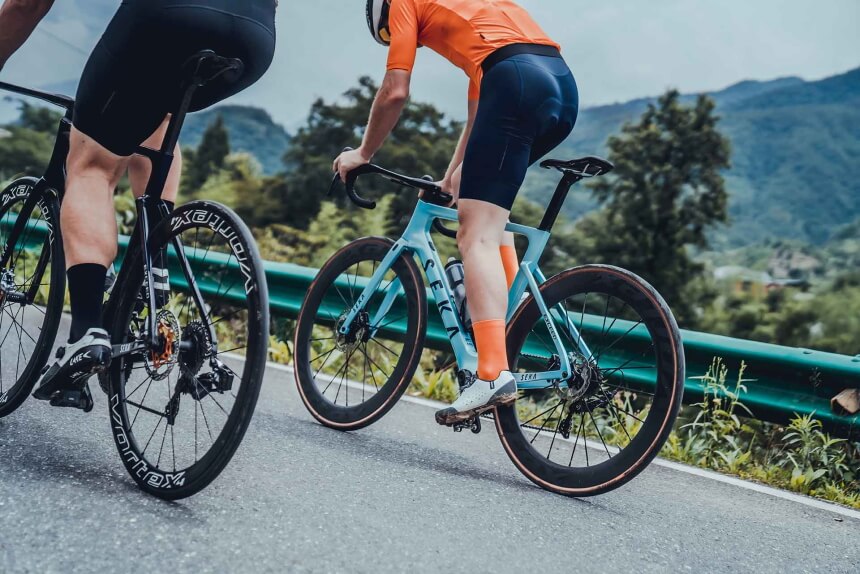 Regarding road bikes, how long they take to complete a 10-mile circuit will depend on several things, e.g., design and materials used. Overall, road bikes are among the most aerodynamic bikes in the market, not to mention they’re lightweight, and if you put them on tarmacked roads or pavements, they glide right through.
Regarding road bikes, how long they take to complete a 10-mile circuit will depend on several things, e.g., design and materials used. Overall, road bikes are among the most aerodynamic bikes in the market, not to mention they’re lightweight, and if you put them on tarmacked roads or pavements, they glide right through.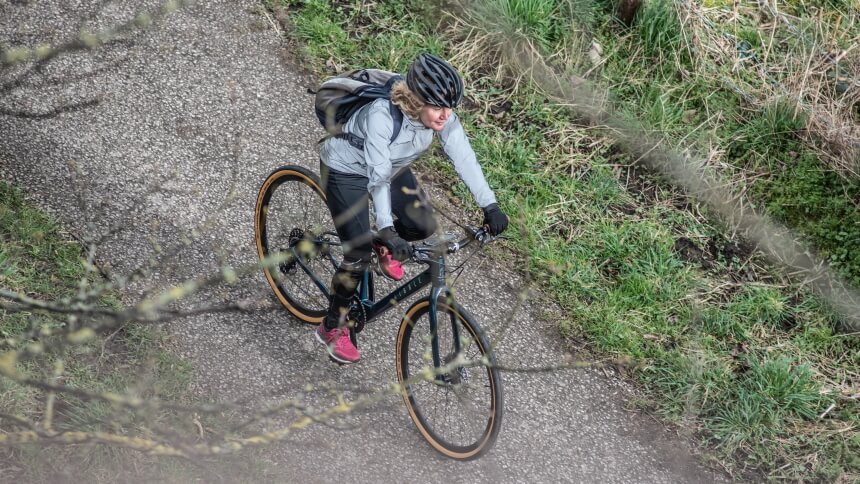 While both mountain and road bikes have limitations, hybrid bikes offer the best of both worlds. They have the shape of a road bike, but they also support wider tires, increasing comfort levels as you ride.
While both mountain and road bikes have limitations, hybrid bikes offer the best of both worlds. They have the shape of a road bike, but they also support wider tires, increasing comfort levels as you ride.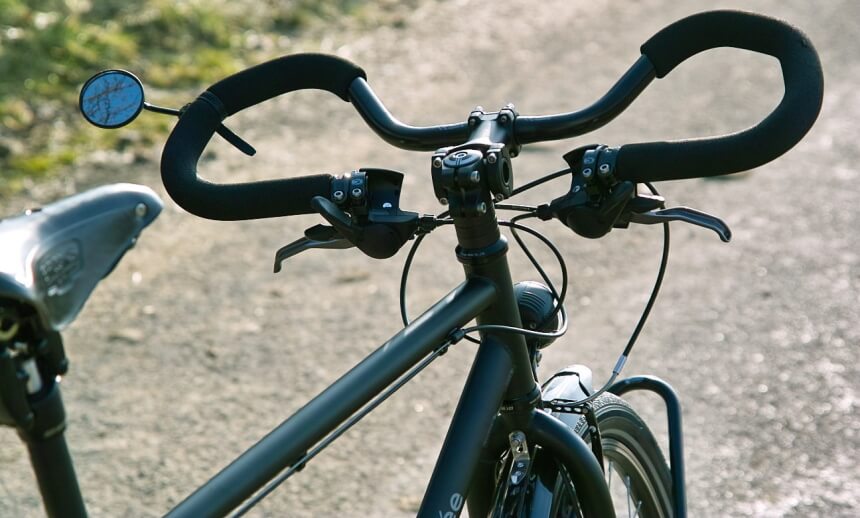 Touring bikes are also made for long trips and share much in common with hybrids and road bikes. They even feature the drop handlebars common on road bikes and are meant for long trips like a 10-mile cycling expedition.
Touring bikes are also made for long trips and share much in common with hybrids and road bikes. They even feature the drop handlebars common on road bikes and are meant for long trips like a 10-mile cycling expedition.




